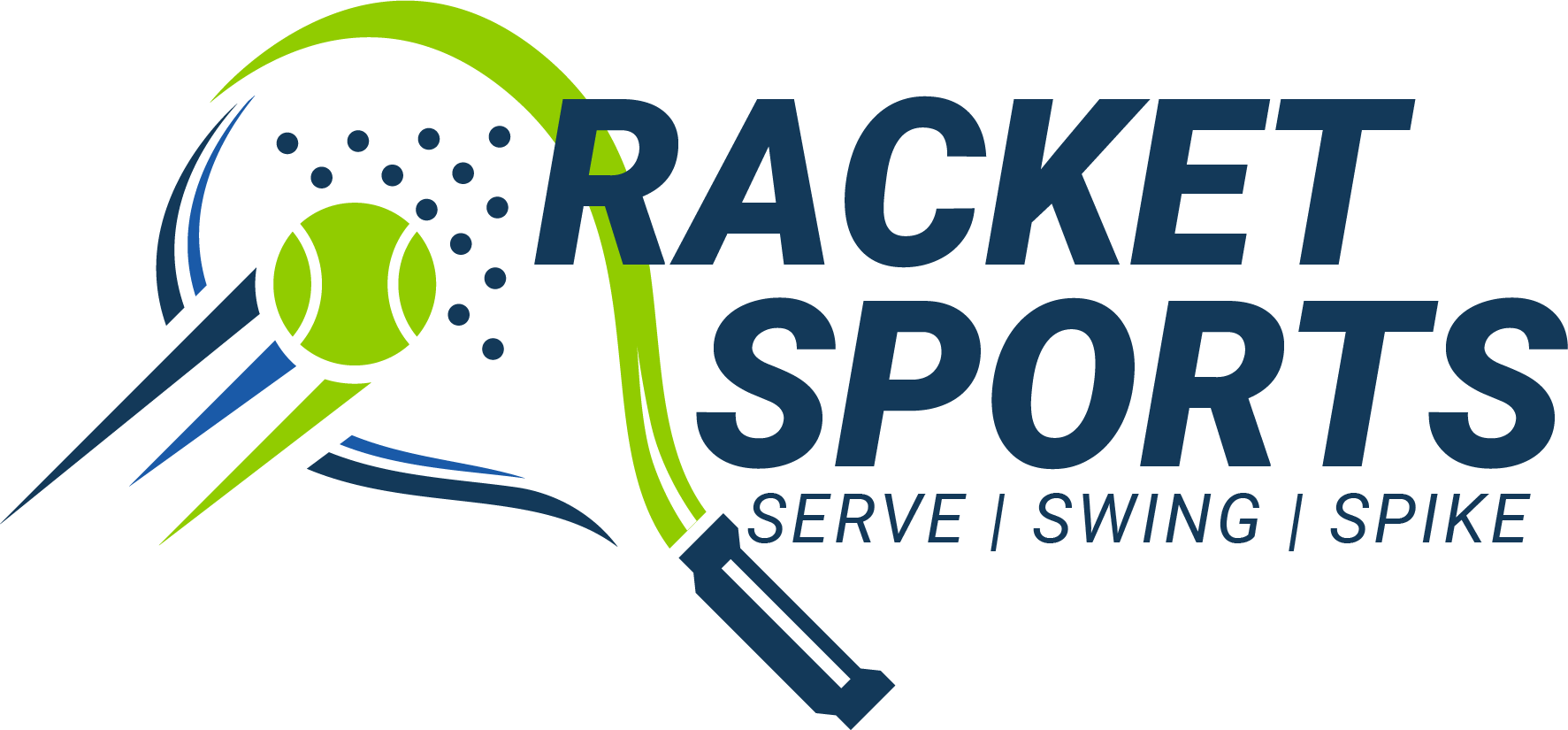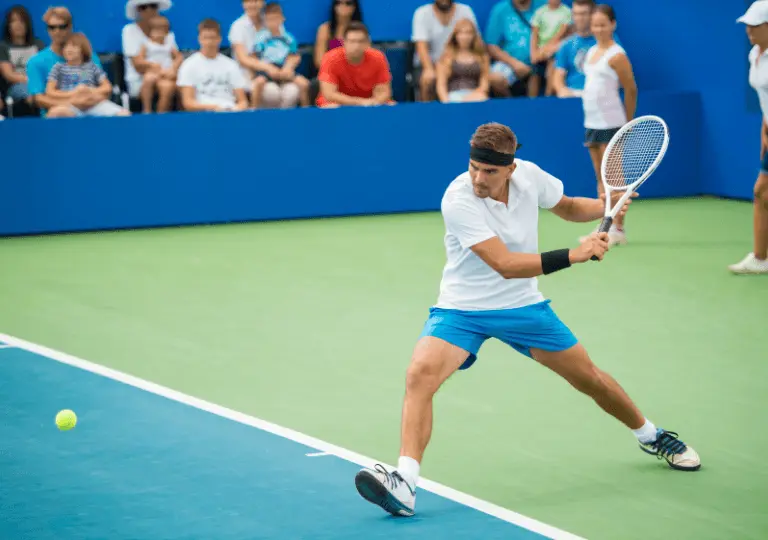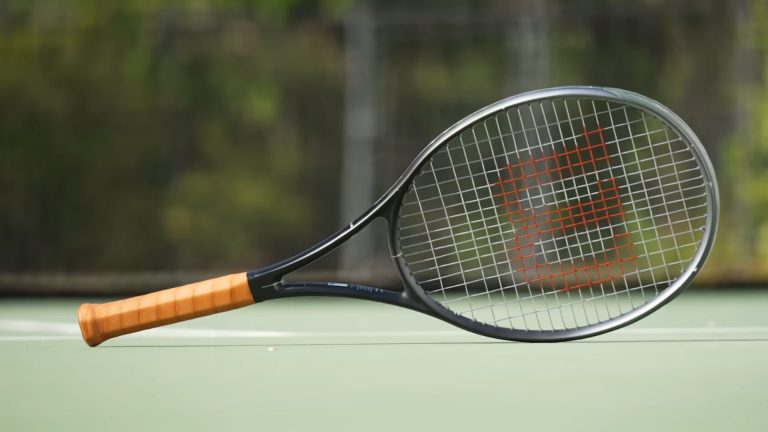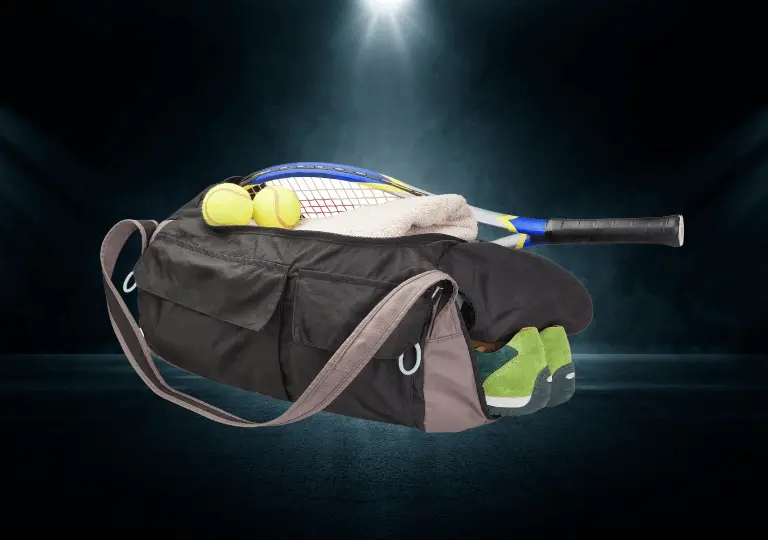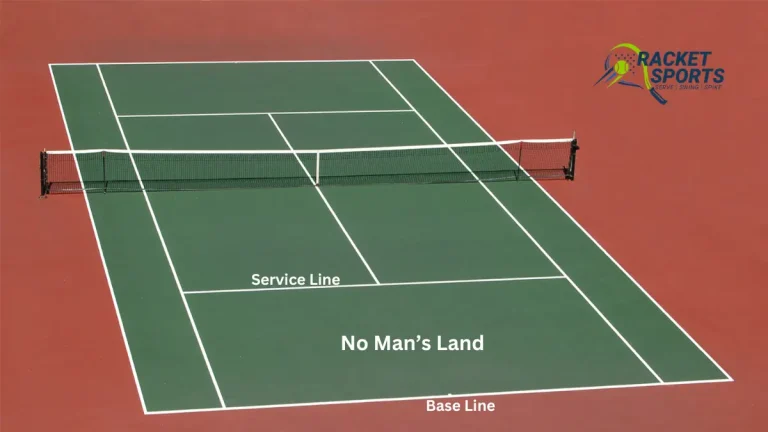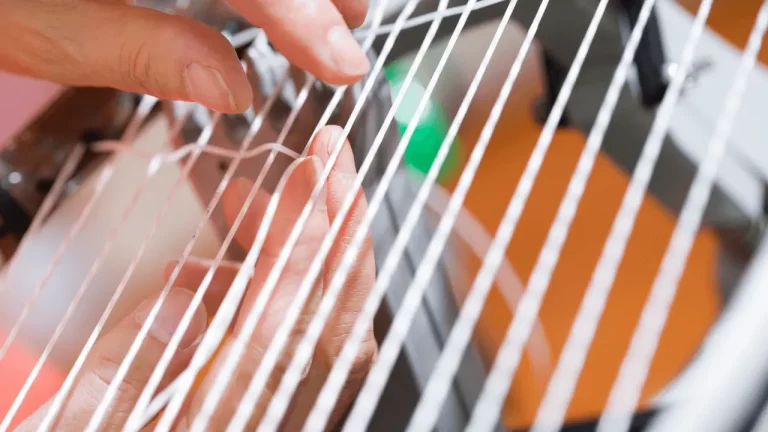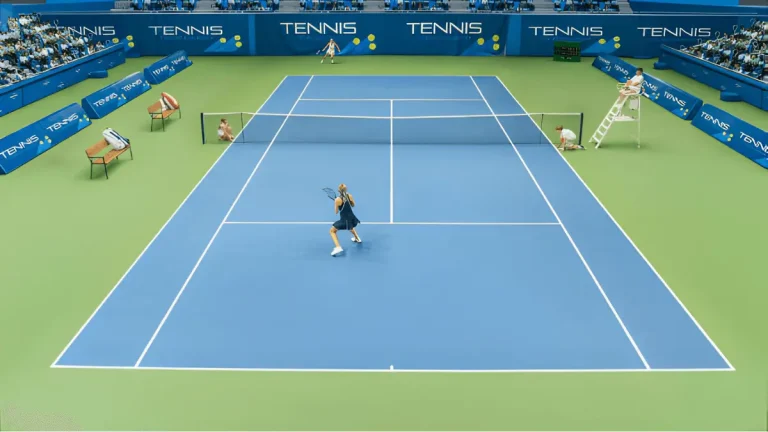Doubles Tennis Strategy 2025 – The Complete Guide
Doubles tennis is an exciting and dynamic sport that requires a distinct set of strategies and tactics. It’s a game where teamwork is put to the test, and instantaneous thinking may make all the difference.
In this thorough article, we will go deeper into the tricky area of doubles tennis strategy.
Doubles tennis strategy is a game plan that involves positioning, communication, and tactical choices to win matches with a partner against an opposing team. It focuses on maximizing strengths, minimizing weaknesses, and creating opportunities for success in doubles play.
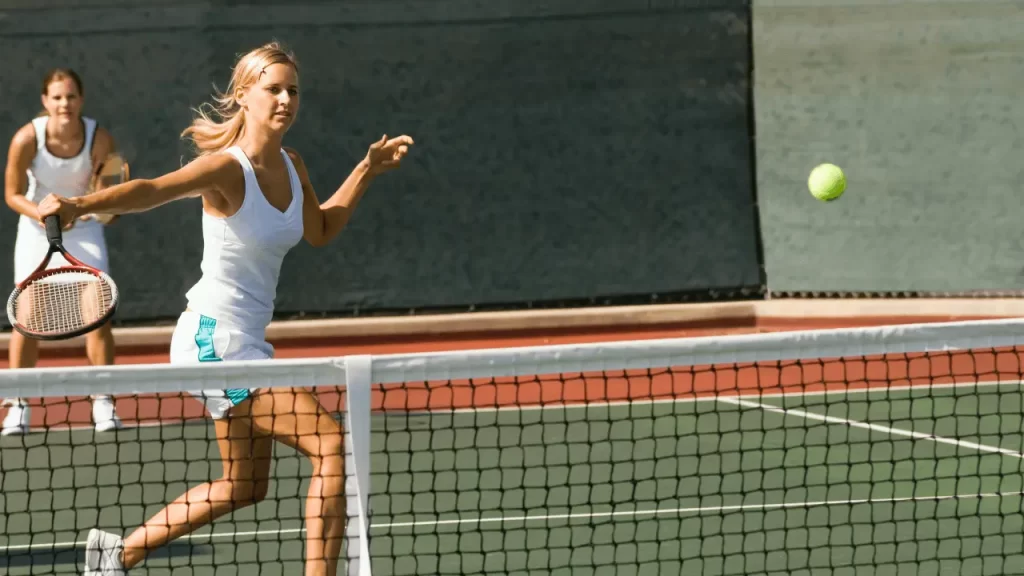
Whether you’re a skilled doubles player trying to improve your game or a newbie eager to learn the ropes, we have a complete strategic plan for you.So, let’s go into the thrilling tips and techniques of doubles tennis strategy and take your game to the next level.
Fundamental of Doubles Tennis Strategy
Doubles tennis strategy is a plan for working together with a partner to win matches against other teams by using smart positioning and tactics. Let’s look at some basic strategies that might help you in your upcoming double tennis game:
Attacking the Court’s Centre
Doubles tennis is frequently based on generating uncertainty and confusion for your opponents. When your opponents are positioned side by side, one efficient approach to achieve this is to attack the center of the court.
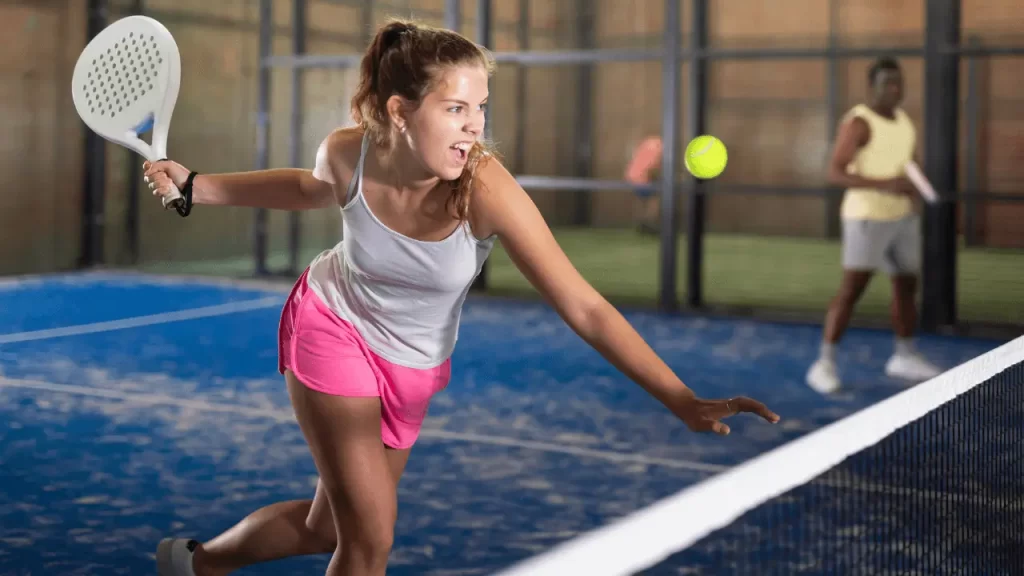
This technique compels your opponents to communicate and make rapid decisions, which increases the possibility of mistakes. You’re effectively placing them in a situation where both players may be on their forehand or backhand, limiting their options.
Aiming for the Opponent’s Feet
Hitting a low ball in doubles could prove very challenging for your opponents. When you target their feet, you compel them to do difficult low volleys or semi-volleys, which frequently results in errors or sets them up for a winning stroke.
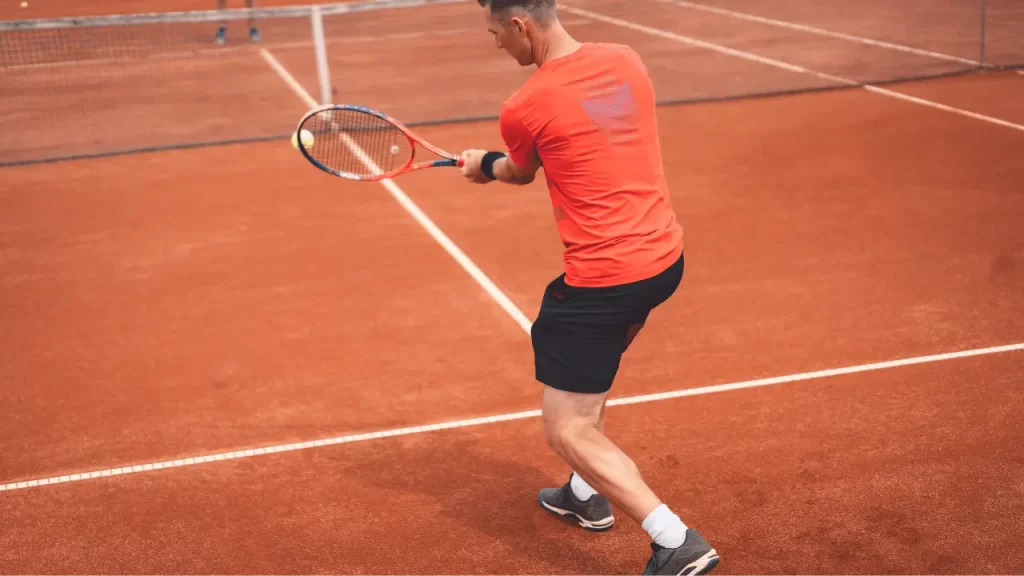
Dominating The Net
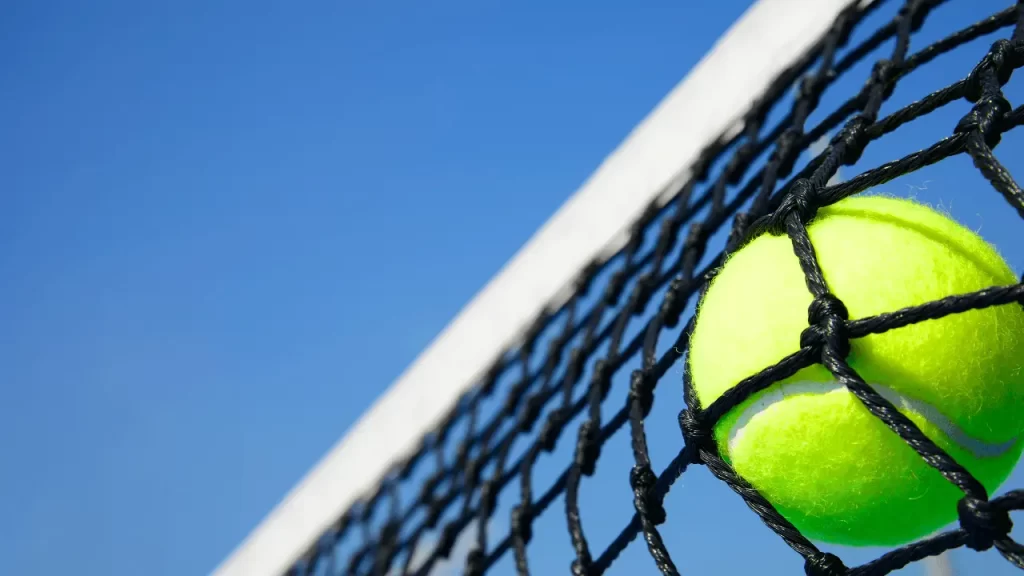
A traditional doubles approach is to put pressure on your opponents by moving quickly toward the net. Both players enter the court, ready to play volleys. However, this strategy has considerable danger, particularly when it comes to exposing oneself to lobs. The idea is to score points by creating angles that put your opponents’ ability to respond successfully to the test.
Playing for a Long Time and Being Patient
It is sometimes necessary to be patient. Long play involves hitting deep groundstrokes, especially when up against opponents with powerful net games. The goal is to hit deep, approach the net, and score when your opponents are out of position.
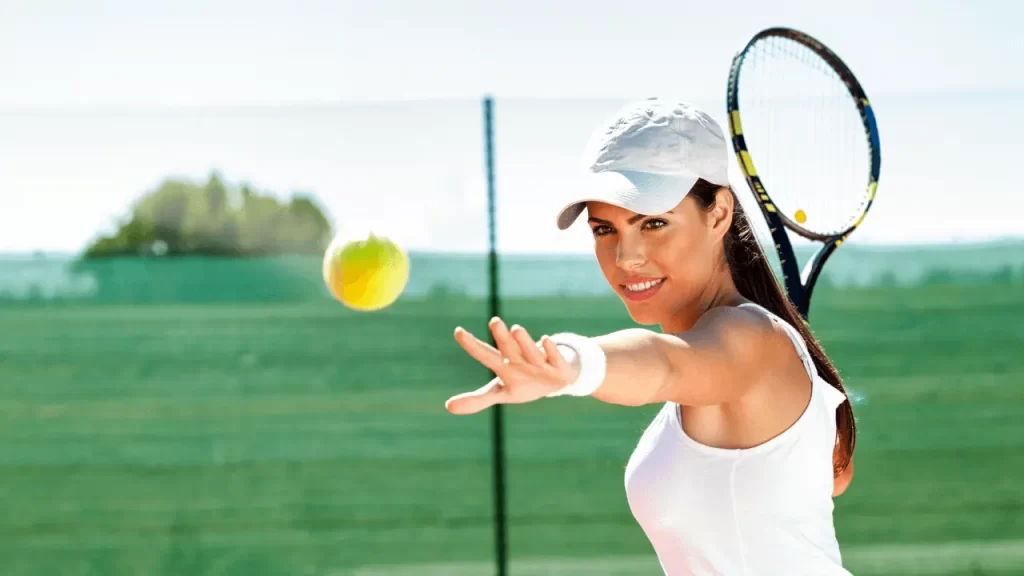
Positioning and Formations
In doubles tennis, positioning and formation are critical. Let’s dig a little more into these points.
Best Positioning Located Between Doubles Alley and Centerline
Being in the area between the doubles alley and the centerline helps you get through an extensive area of court quickly. This location reduces the number of spaces for your opponents to take advantage of and allows for faster reactions to shots.
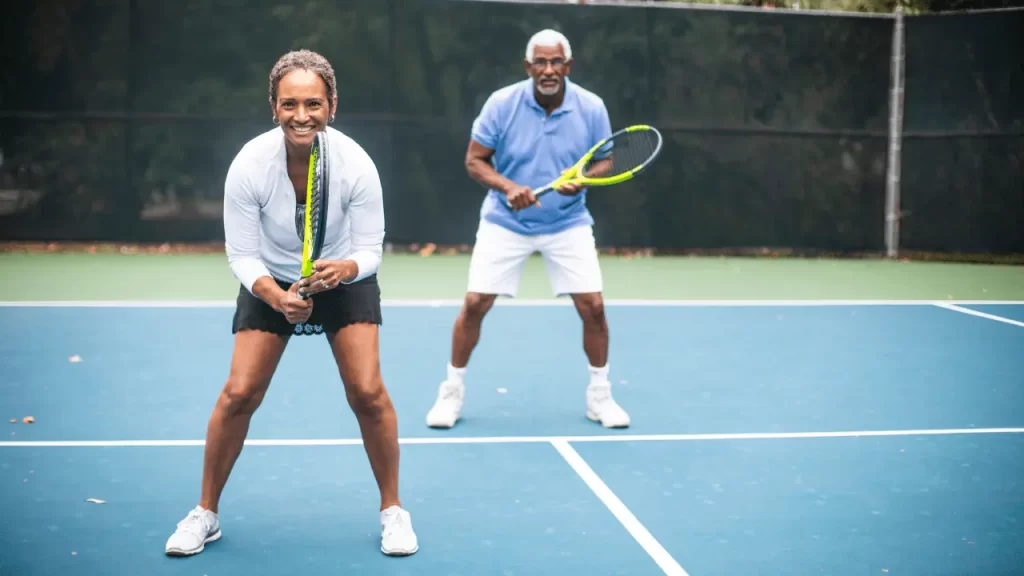
The Standard Doubles Formation
One player is at the net, and the other is on the baseline in the standard layout. With the net man ready to pounce on volleys and the baseline player ready to handle deep shots, this formation provides solid overall court coverage.
The Australian Formation and Its Uses
Both players line on the same side of the court in the Australian Formation. This arrangement is beneficial when the net player’s backhand volley is poor or when you want to push opponents to make difficult down-the-line returns.
Serving Techniques
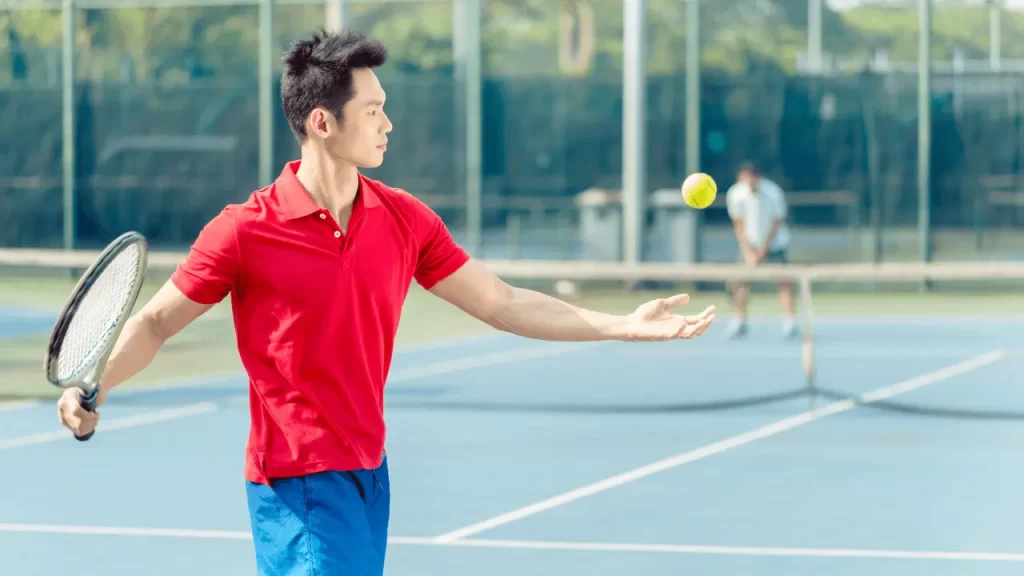
Serving wisely in doubles may provide a considerable benefit to your team. Let’s look at some excellent serving methods.
The Objective of Doubles Serving
The fundamental goal of serving in doubles is to generate opportunities for your partner. A well-placed serve can help your partner succeed at the net.
The Efficacy of Serving the T
The returner’s choices are limited while serving down the center of the court, sometimes known as serving the T. It limits the angles they can take and frequently gives your partner a chance to volley the return.
The Serving I-Formation
The I Formation is a strategy in which the server and net player both place themselves toward the center service line. This arrangement can confuse the returners and compel them to make more difficult returns.
Volley and Serve as a Tactic
Serve and Volley is an aggressive technique in which the server advances quickly to the net after serving. This approach puts the returners under immediate strain, making it difficult for them to reply successfully. It also provides an extra opportunity for your net player to make winning volleys.
Returning Techniques
Returning successfully in doubles tennis is critical for retaining point control. Let’s take a closer look at several significant return tactics.
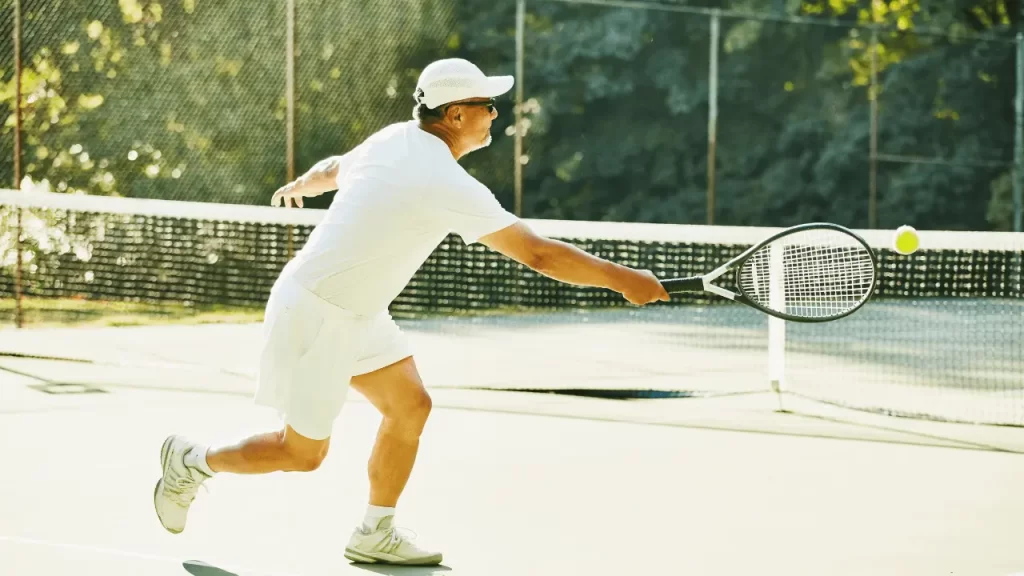
The Importance of Superior Returns
The return of serve is an important stroke in doubles. A well-executed return may put pressure on the serving team right away, upset their game plan, and open up possibilities for your team. Making high-quality returns keeps you in command of the point and positions your partner near the net for possible volleys.
When Should Both Players Stand on the Sidelines?
While it is usual for one player to remain at the net during the return, there are times when both players should stand on the baseline. This tactic comes in handy when you wish to neutralize your opponent’s net play.
By keeping both players back, you make your opponents take more difficult shots, eliminating the possibility of simple volleys and putting them under pressure.
Aiming for Middle Net Strap Returns
When facing a powerful net player, an efficient returning approach is to go for the middle net strap. By focusing on this location, you reduce the chances of striking the ball into the net.
Furthermore, hitting the middle net strap allows your teammate at the net to poach or intercept the return, enhancing your chances of winning the point.
Net Strategies
Playing tennis at the net is a distinguishing feature of successful doubles tennis. Let’s look at some advanced net strategies to help you improve your doubles game.
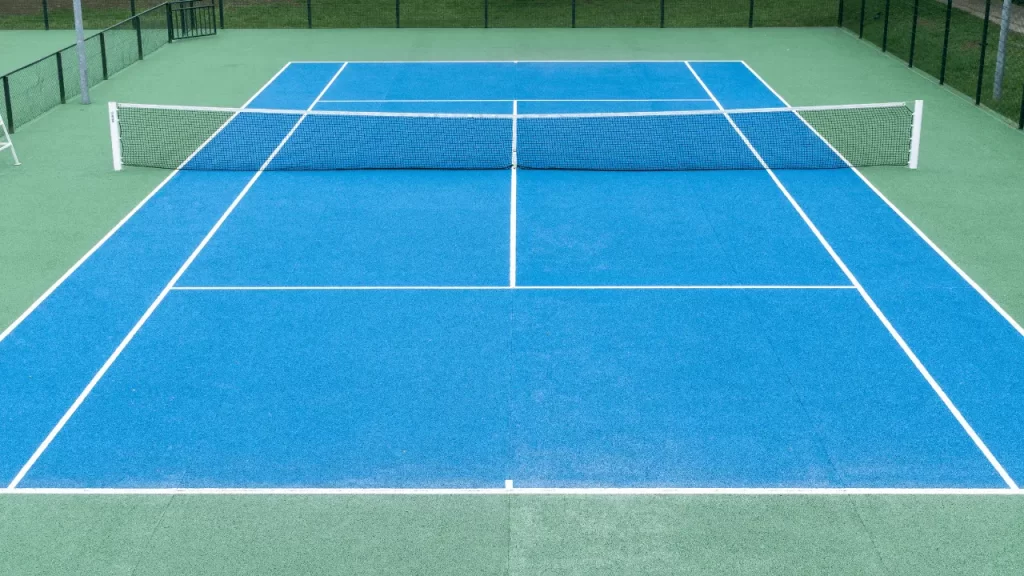
The Poaching Concept
Poaching strategy in tennis is a dynamic net technique in which the net player crosses to the other side of the court throughout a point. This strategy works well for catching your opponents off guard. It can lead to easy volleys, outright wins, or opponent mistakes. Poaching is especially effective following your opponent’s weaker backhand stroke.
Deception Through Faking
Making your opponents believe you’re about to poach but then not doing so is referred to as “faking” on the net. This misleading strategy interrupts your opponents’ rhythm and may result in blunders or missed opportunities on their behalf. You get a mental advantage and can grab control of the point by keeping your opponents guessing.
Applying Pinching Pressure on the Baseline Player
Pinching is a strategy in which the baseline player goes diagonally toward the net. This strategy is incredibly successful after a deep crosscourt groundstroke. Pinching puts the opposing baseline player under pressure, pushing them to hit smaller targets and increasing the risk of missed strokes.
It’s a planned play designed to seize possession of the net and demonstrate dominance in the point.
Understanding and employing these returning and net strategies may provide your doubles team with a substantial edge on the court. These strategies need exact execution and smart thought, transforming you into a powerful force in doubles tennis.
Doubles Tennis Rules and Tips
Overview of Basic Doubles Tennis Rules
| Basic Doubles Tennis Rules | Description |
|---|---|
| Court Dimensions | The tennis court is 78 feet long and 27 feet wide for doubles, with the net placed at the center. |
| Serving Rotation, | The serving team rotates service between partners after each point and between the deuce and ad courts. |
| Service Boxes | The server must serve into the opponent’s service box diagonally across the net. |
| Faults and Double Faults | A fault occurs if the serve doesn’t land in the service box, and a double fault results in a point for the receiving team. |
| Let Serves | If the serve hits the net cord but lands in the correct service box, it’s considered a “let” and is retaken without penalty. |
| Service Order | The server must announce its intent to serve a specific opponent before each point. |
| Scoring | Follows the standard tennis format of 15, 30, and 40, with a game won when a team leads by two points. |
| Deuce and Advantage | If the game reaches deuce (40-40), one team must win two consecutive points to secure the advantage. |
| No-Ad Scoring | Some doubles matches use “no-ad” scoring, where the next point wins the game when the score is tied at deuce. |
| Changeovers | Players change the ends of the court after every odd-numbered game (1st, 3rd, 5th games, etc.) and between sets. |
| In-Play Rules | Standard tennis rules apply for in-play situations, including boundaries, out-of-bounds shots, and foot faults. |
| The Let Rule | In doubles, if a let (e.g., a serve hitting the net cord) occurs on a serve, it is replayed, even if it hits the net cord again. |
Tips for Successful Doubles Play
| Doubles Tennis Tips | Description |
|---|---|
| Effective Communication | Communication with your partner is crucial. Use signals or discuss strategies to coordinate movements and anticipate actions. It fosters teamwork, helping you adapt and control the point. |
| Adaptability and Flexibility | Be ready to adjust your game plan based on opponents’ strengths and changing situations. Flexibility ensures effective responses to different styles and strategies. |
| Minimize Unforced Errors | Focus on consistent and precise shots to reduce errors. This keeps the pressure off and increases your chances of winning points. |
| Net Player’s Responsibility | The net player covers their half of the court, preventing gaps. They must be vigilant, intercept volleys, and dominate at the net. Effective net play applies pressure on opponents. |
| Agile Footwork at the Net | Quick, unpredictable movements at the net keep opponents guessing and help cover the court effectively. It can lead to intercepting shots, lobs, and creating opportunities. |
| Match Awareness and Strategy | Continuously assess the match, identify opponent patterns, and exploit weaknesses. Make strategic decisions based on the score, team strengths, and opponent tendencies. Decisions include when to attack the net, when to play defensively, and shot selection. |
| Positive Attitude | Maintaining a positive attitude boosts morale, enhances teamwork, and keeps you focused. Avoid negativity, as it disrupts concentration. Positivity helps navigate pressure situations with confidence. |
| Practice with Your Partner | Regular practice with your partner improves understanding, coordination, and trust. It fine-tunes strategies and anticipates each other’s movements. Practice is an investment in success during competitive matches. |
Conclusion
Strategy is your winning ticket in doubles tennis. These double tennis strategy methods may be your super skill, whether it’s controlling the court’s center, serving smartly, or pulling off savvy net plays.
However, it is not only about tactics; it is also about collaboration. Doubles tennis demands both talent and cooperation. So, the next time you step onto the doubles court, equipped with these methods and a strong relationship with your partner, you’ll be ready to tackle any difficulty and win.
Because succeeding in doubles tennis requires planning and coordination.
FAQs
What is the key to doubles tennis success?
Effective strategy, strong communication with your partner, adaptability, and having a happy mindset are the keys to success in doubles tennis. It is critical to work as a team.
What are some fundamental doubles tennis strategies?
Attacking the center of the court, targeting your opponent’s feet, utilizing net techniques, and serving intelligently to set up your partner at the net are all basic methods.
How can I improve my tennis doubles game?
Focus on communicating with your partner, practice your net play, work on returning successfully, and research your opponents’ habits to enhance your doubles tennis game. Regular practice with your partner can also help you improve your comprehension and coordination.
